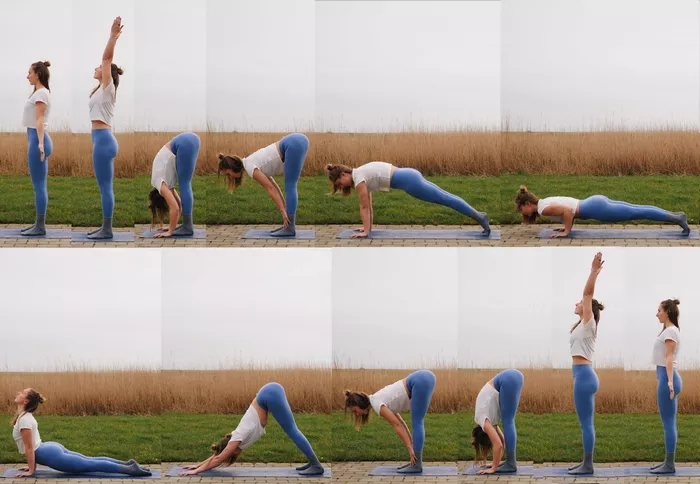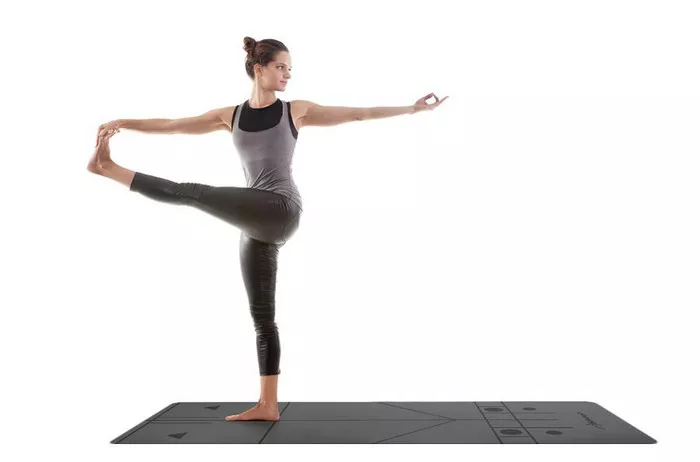In the quest for fitness, yoga has become an increasingly popular choice for many individuals seeking physical and mental well-being. Among the myriad of yoga styles, Core Power Yoga stands out for its dynamic and vigorous approach. Proponents claim it not only enhances strength, flexibility, and balance but also torches calories, making it an appealing option for those aiming to shed excess pounds. But just how many calories does Core Power Yoga truly burn? Let’s delve into the science behind this popular practice and separate fact from fiction.
Understanding Core Power Yoga:
Core Power Yoga, developed by Bryan Kest and later popularized by CorePower Yoga, is a fusion of various yoga styles with a focus on building core strength, endurance, and flexibility. This dynamic practice incorporates elements of Vinyasa flow, Ashtanga, and power yoga, resulting in a physically demanding workout that challenges both body and mind.
The Caloric Burn Myth:
One of the most common misconceptions surrounding Core Power Yoga is its purported ability to incinerate a significant number of calories in a single session. While it’s true that any form of physical activity can contribute to calorie expenditure, the exact amount burned during a yoga practice, including Core Power Yoga, varies widely depending on several factors.
Factors Influencing Caloric Expenditure:
1. Intensity and Duration: The intensity and duration of the yoga session play a crucial role in determining the caloric burn. A vigorous Core Power Yoga class that incorporates challenging poses and continuous movement is likely to expend more calories compared to a gentler, restorative session.
2. Body Weight: Heavier individuals typically burn more calories during physical activity due to the increased energy required to move their bodies. Therefore, body weight is an essential factor to consider when estimating caloric expenditure.
3. Muscle Mass: Muscle tissue is metabolically active and burns more calories at rest compared to fat tissue. Individuals with higher muscle mass may experience a slightly higher caloric burn during yoga sessions due to increased muscle engagement.
4. Fitness Level: Experienced practitioners may engage in more advanced poses and flow sequences, leading to higher energy expenditure compared to beginners who may require more breaks and modifications.
5. Environmental Factors: External conditions such as room temperature and humidity can influence the body’s energy expenditure during exercise. Hot yoga variations, including some Core Power Yoga classes, may lead to increased sweating but may not necessarily translate to higher calorie burn.
Measuring Caloric Expenditure:
Accurately quantifying the caloric burn of Core Power Yoga poses challenges due to the lack of standardized metrics and individual variability. While some fitness trackers and wearable devices offer estimates based on heart rate monitoring and movement patterns, these values may not always align with actual energy expenditure.
Furthermore, the calorie counts provided by fitness trackers often rely on generalized formulas that may not account for the specific demands of yoga practice. As a result, these estimates should be viewed with caution and used as rough approximations rather than precise measurements.
Research Insights:
Despite the challenges in accurately measuring caloric expenditure during yoga, several studies have attempted to shed light on the topic. However, research specific to Core Power Yoga remains limited, making it difficult to draw definitive conclusions.
A study published in the Journal of Physical Activity and Health examined the energy expenditure of various yoga styles, including Vinyasa, Hatha, and Ashtanga. The findings revealed that yoga practice can indeed contribute to calorie burning, with more vigorous styles eliciting higher metabolic rates.
Another study published in the International Journal of Yoga investigated the physiological responses to a single session of Hatha yoga, a style closely related to Core Power Yoga. While the study focused on heart rate variability and respiratory parameters rather than caloric expenditure, it provided valuable insights into the metabolic demands of yoga practice.
Practical Considerations:
While the exact caloric burn of Core Power Yoga may remain elusive, there are practical steps individuals can take to optimize their workout and maximize energy expenditure:
1. Choose Intense Variations: Opt for Core Power Yoga classes that emphasize dynamic movements, challenging poses, and continuous flow sequences to elevate heart rate and increase calorie burn.
2. Focus on Engagement: Pay attention to engaging core muscles and maintaining proper alignment throughout the practice to maximize muscle activation and energy expenditure.
3. Stay Consistent: Consistency is key to achieving fitness goals. Aim to incorporate Core Power Yoga into your weekly routine alongside other forms of physical activity for a well-rounded approach to health and wellness.
4. Listen to Your Body: Respect your body’s limits and avoid pushing yourself beyond your capabilities. Allow for adequate rest and recovery between sessions to prevent injury and promote overall well-being.
Conclusion
While Core Power Yoga offers numerous physical and mental benefits, accurately quantifying its caloric burn remains a challenge. Factors such as intensity, duration, body weight, and fitness level all contribute to individual variations in energy expenditure.
Rather than fixating on calorie counts, it’s essential to focus on the holistic benefits of yoga practice, including improved strength, flexibility, balance, and stress reduction. By approaching Core Power Yoga with mindfulness and intention, practitioners can reap its rewards regardless of the exact number of calories burned. Ultimately, the true value of yoga lies not in its caloric expenditure but in its transformative potential for body, mind, and spirit.

























